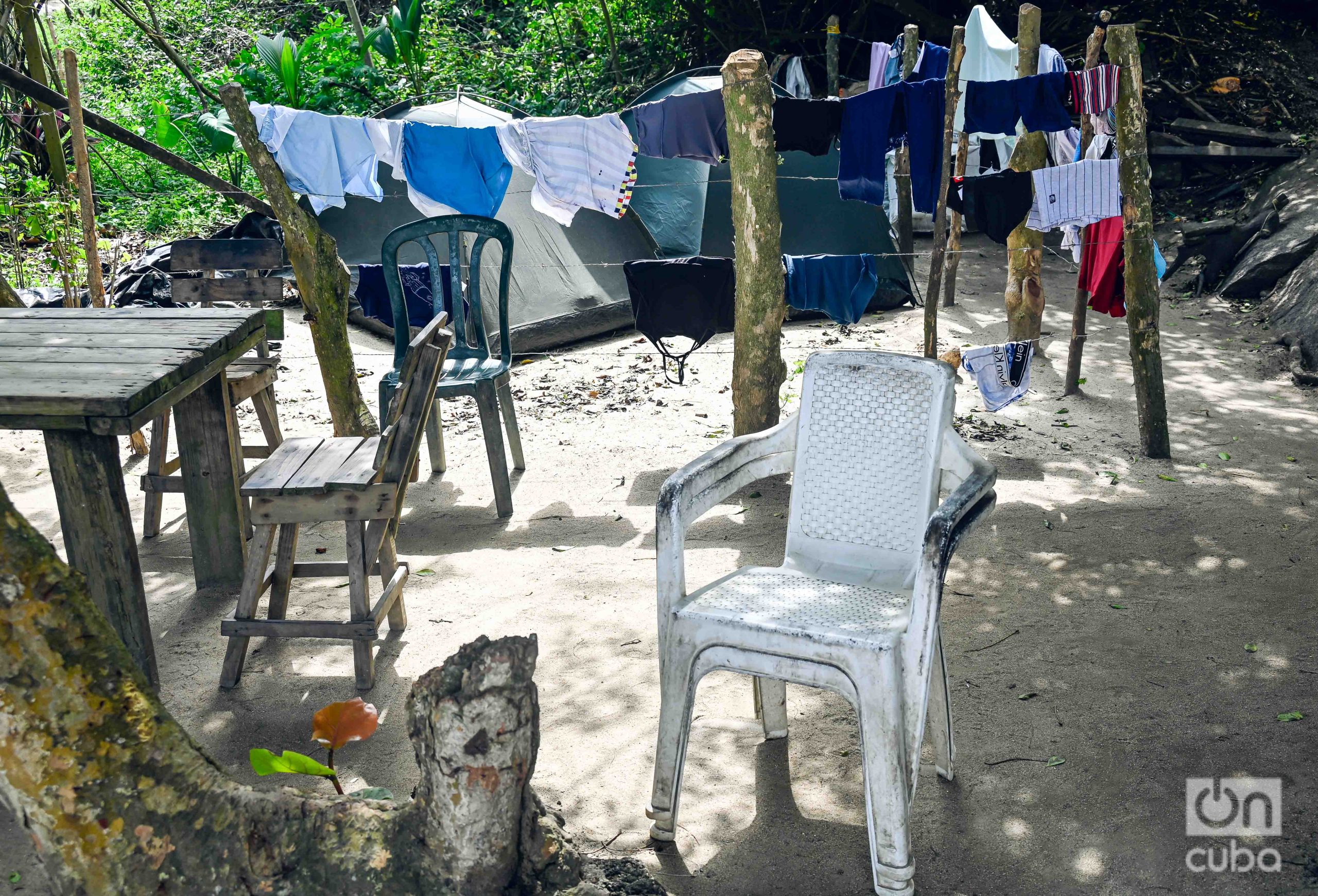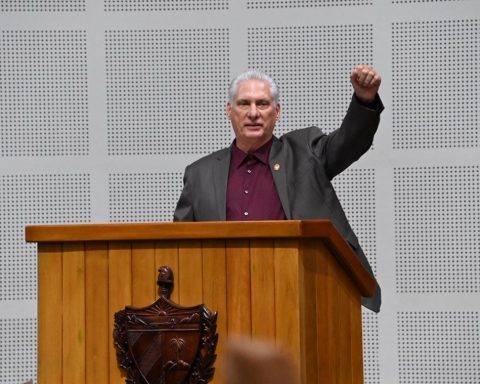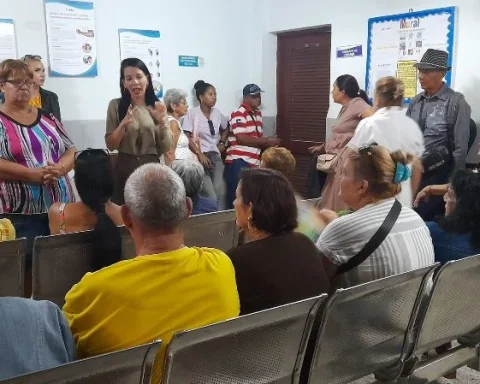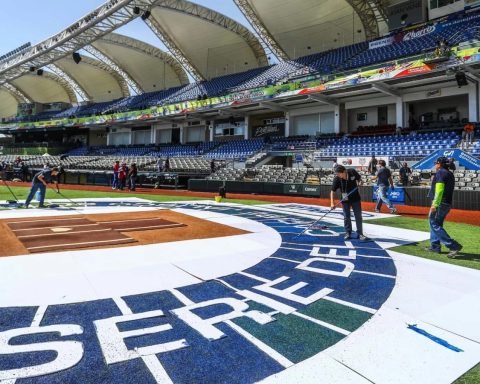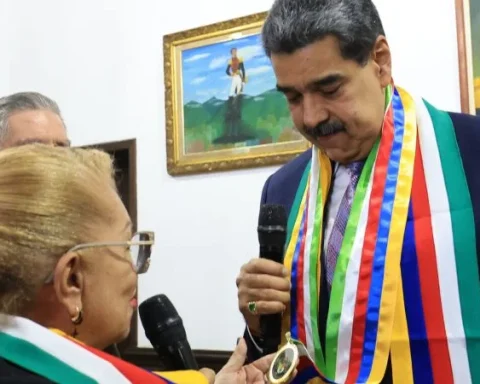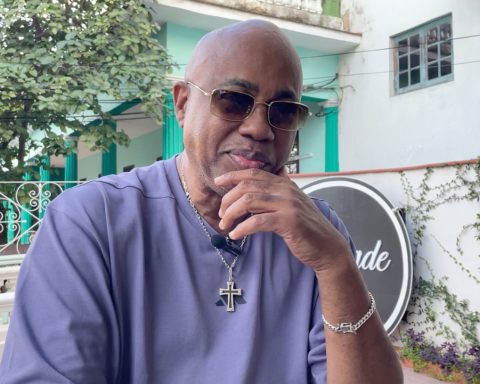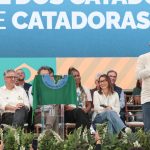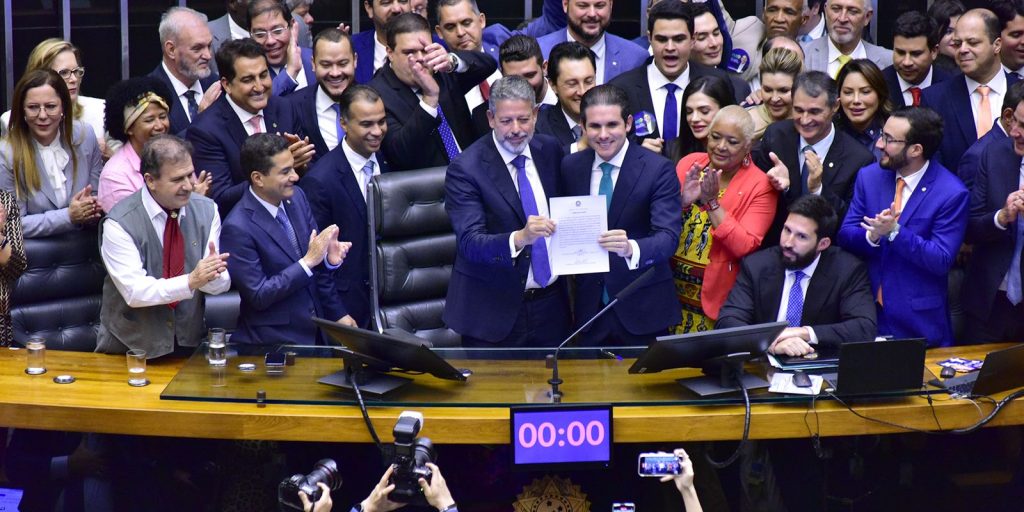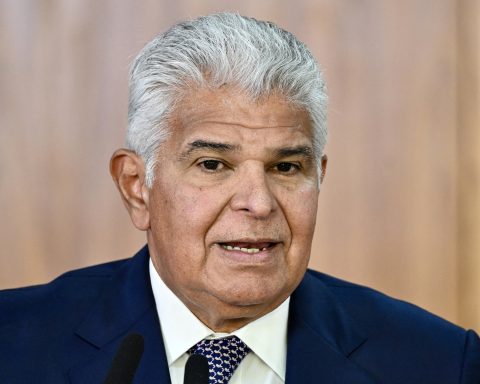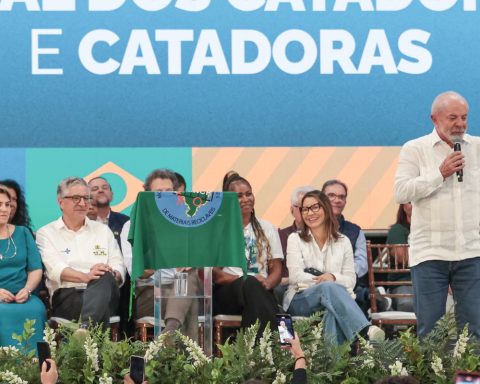When I saw the album cover I had to throw more photosBad Bunny, where two white plastic chairs occupy the center of the scene, remembered one of my preferred childhood cartoons: The chair, of Juan Padrón. The short film makes a sympathetic route from the origin of that furniture, through its different styles and uses over centuries, until it reaches “the most important chair in the world”: the school desk.
It was only the earliest of the Cuban cultural references to which he transferred me. Another was, of course, The famous Lam chairand remembered the famous “Chair history“, By Silvio Rodríguez; Although these do not lock them the prey. The cover of the Puerto Rican album, an image of two chairs on the green background of a platanal, shouts many things. It suggests absence, love and migration stories, issues that, within the album, we will find at the rate of sauce, full, reggaeton and other Caribbean sounds.
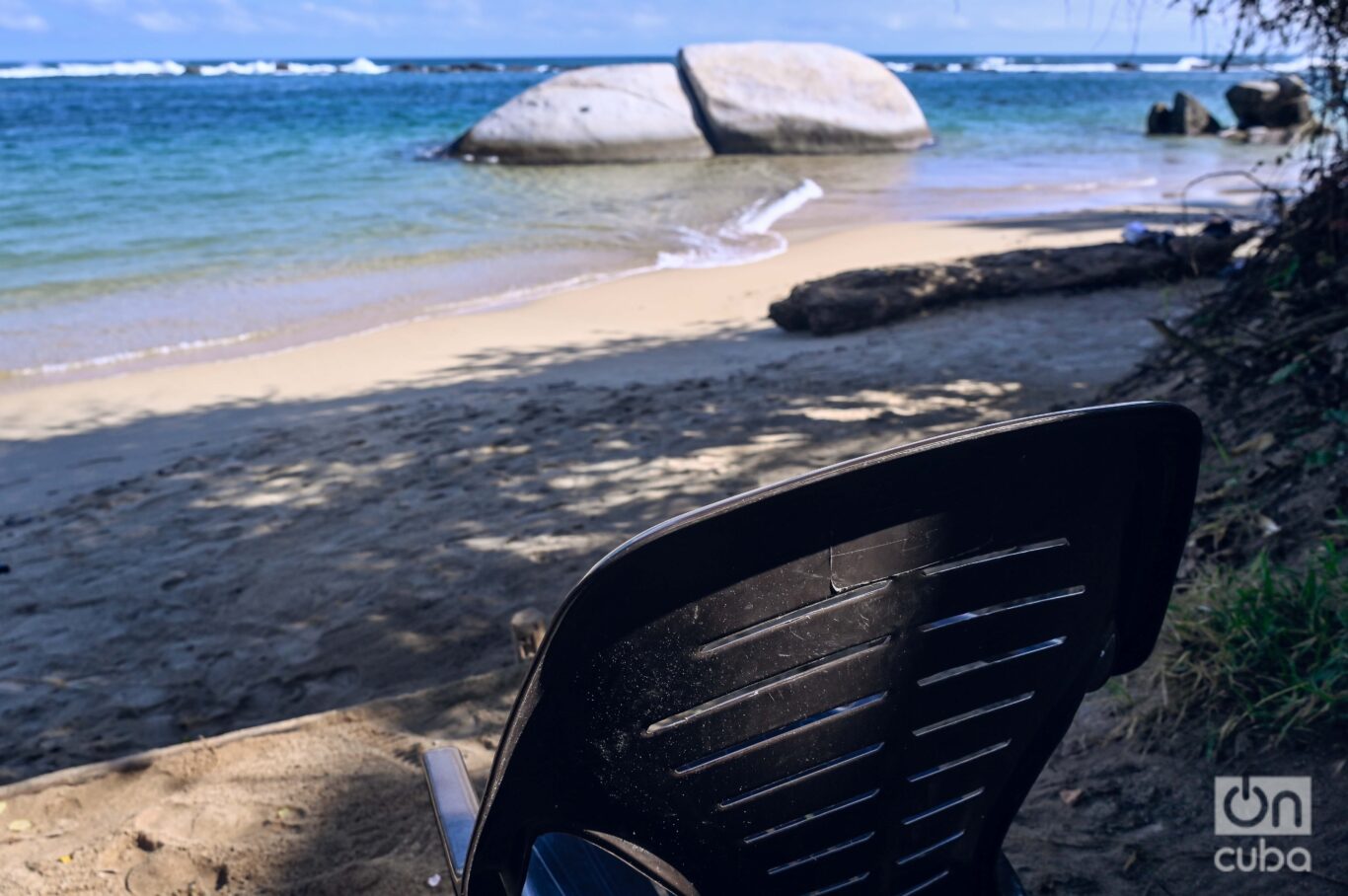
Breaking schemes and so that we do not let any detail of the snapshot escape, the cover has no text. Neither the name of the album nor that of the artist. It is a clean and simple photo in which to enter, in which to sit.
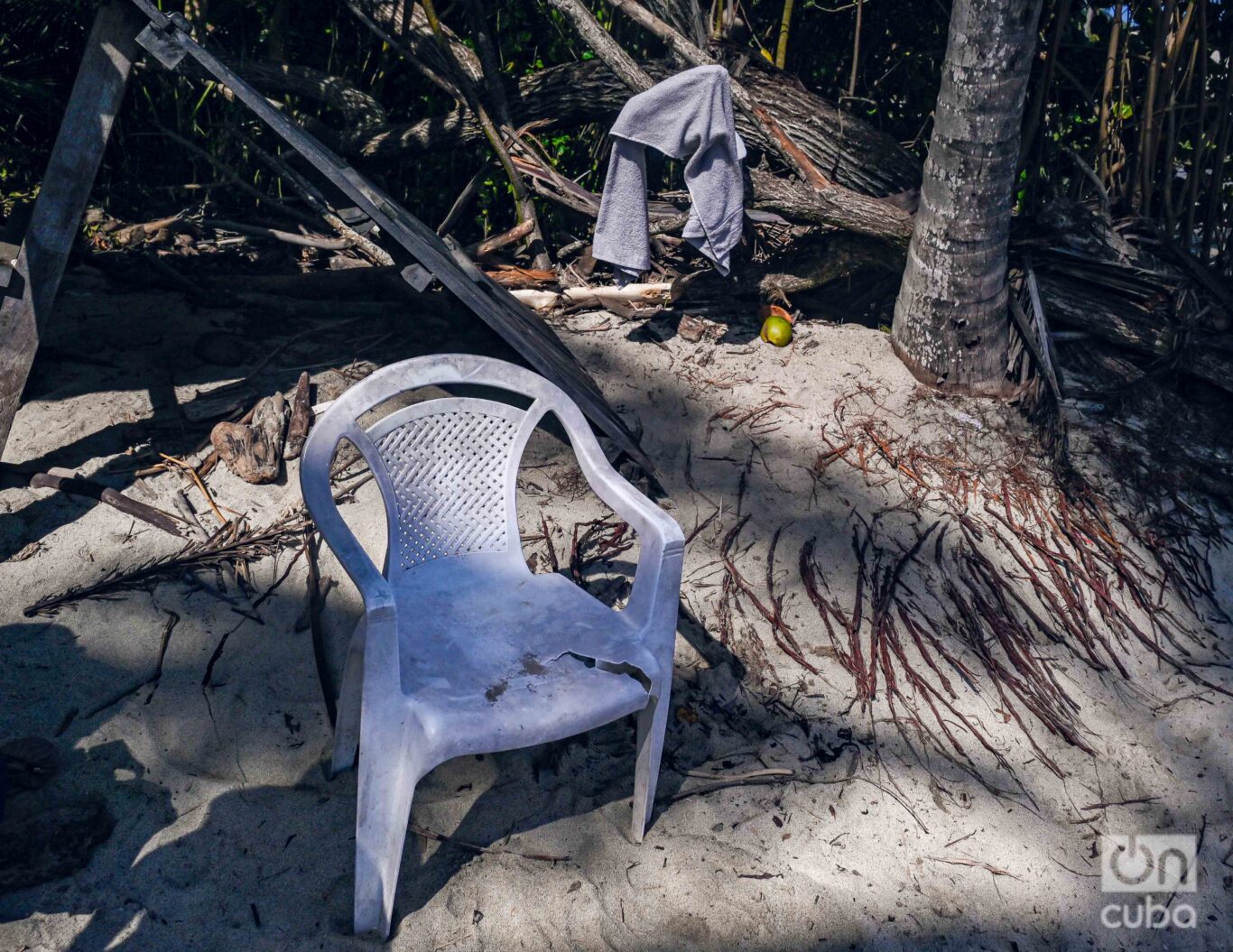
The album was released on January 5. I was traveling along the Caribbean coast of Colombia. And there I started seeing, as a revelation, chairs and armchairs like my grandfather’s and like those on the cover of the album. Always outpatient, as a leading part of a daily and open scenery.
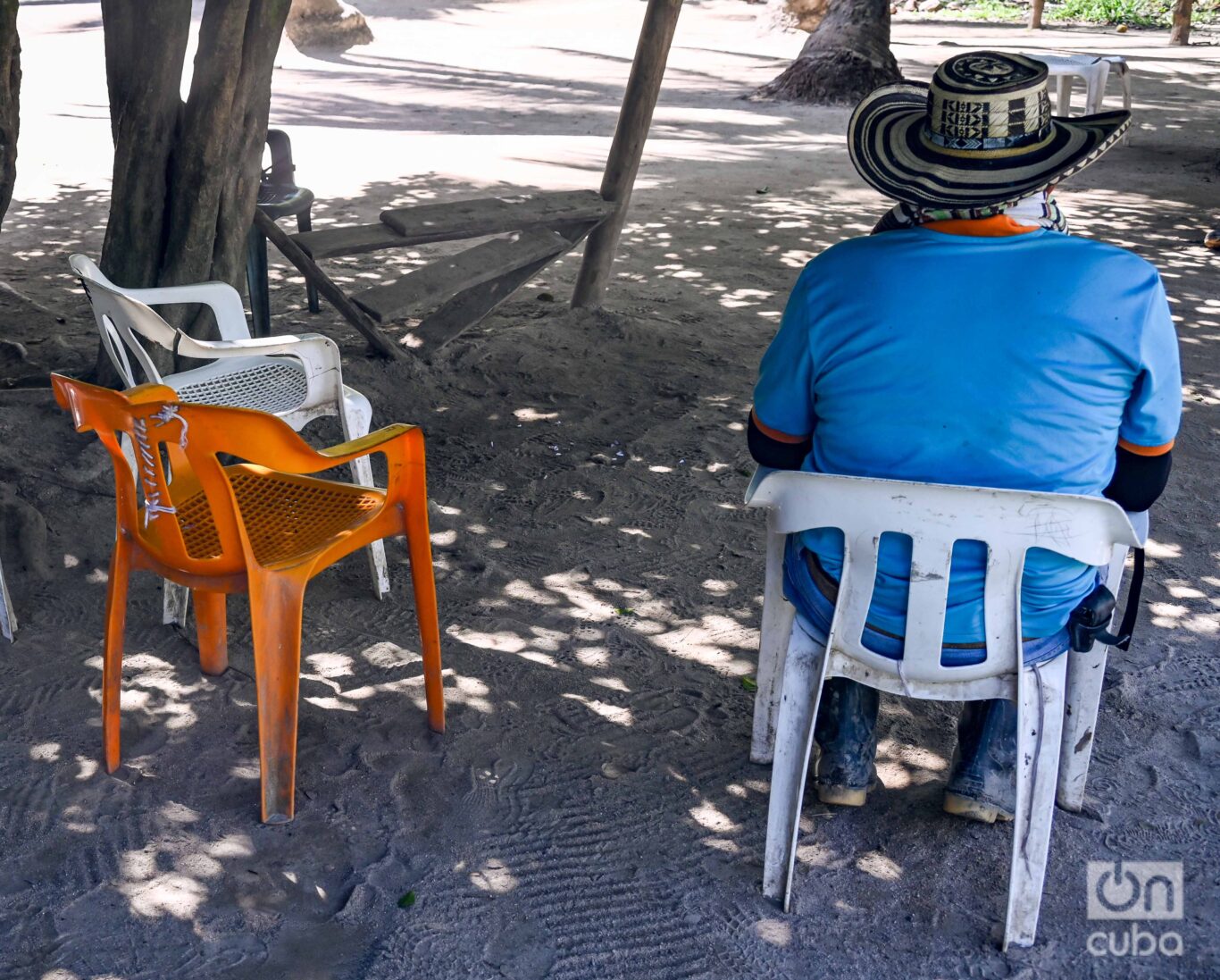
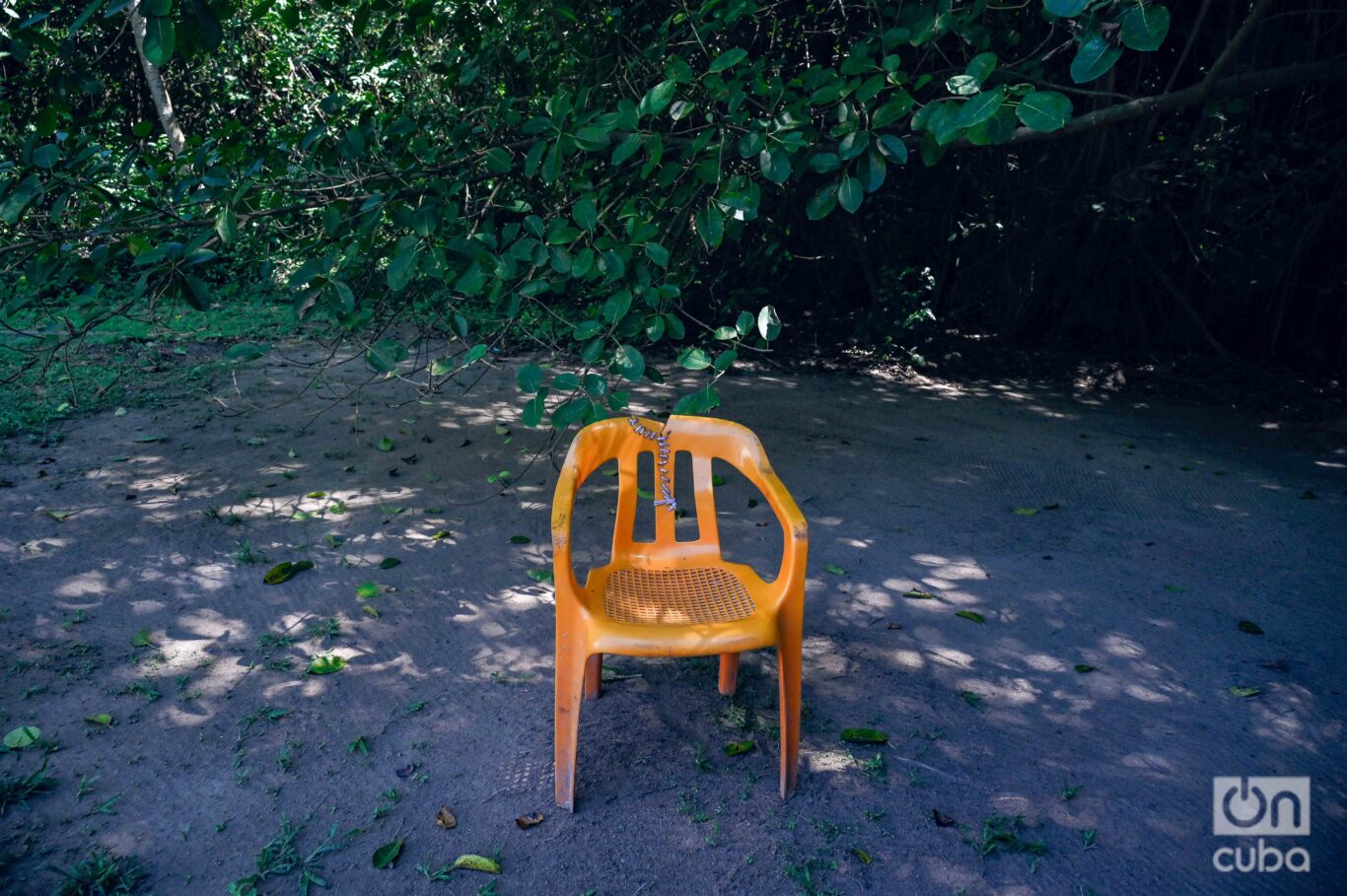
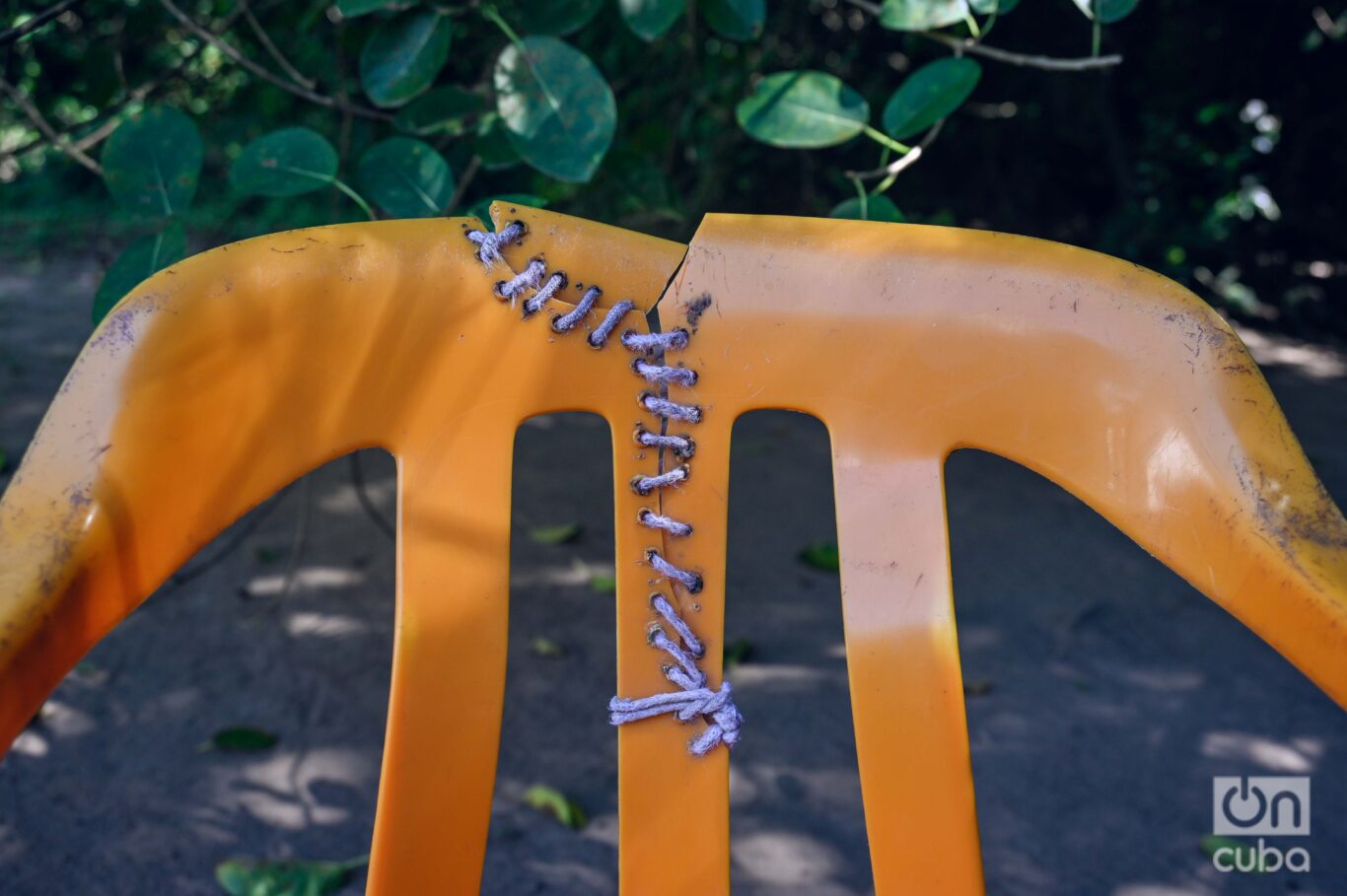
It could well be the image of any of our Caribbean courtyards. These plastic chairs and a green vegetation define us. The remitists of a rope as a suture in the plastic, the bruise chair, with three legs, are witnesses of the many bodies that have sat down to rest, to talk, to see time pass.

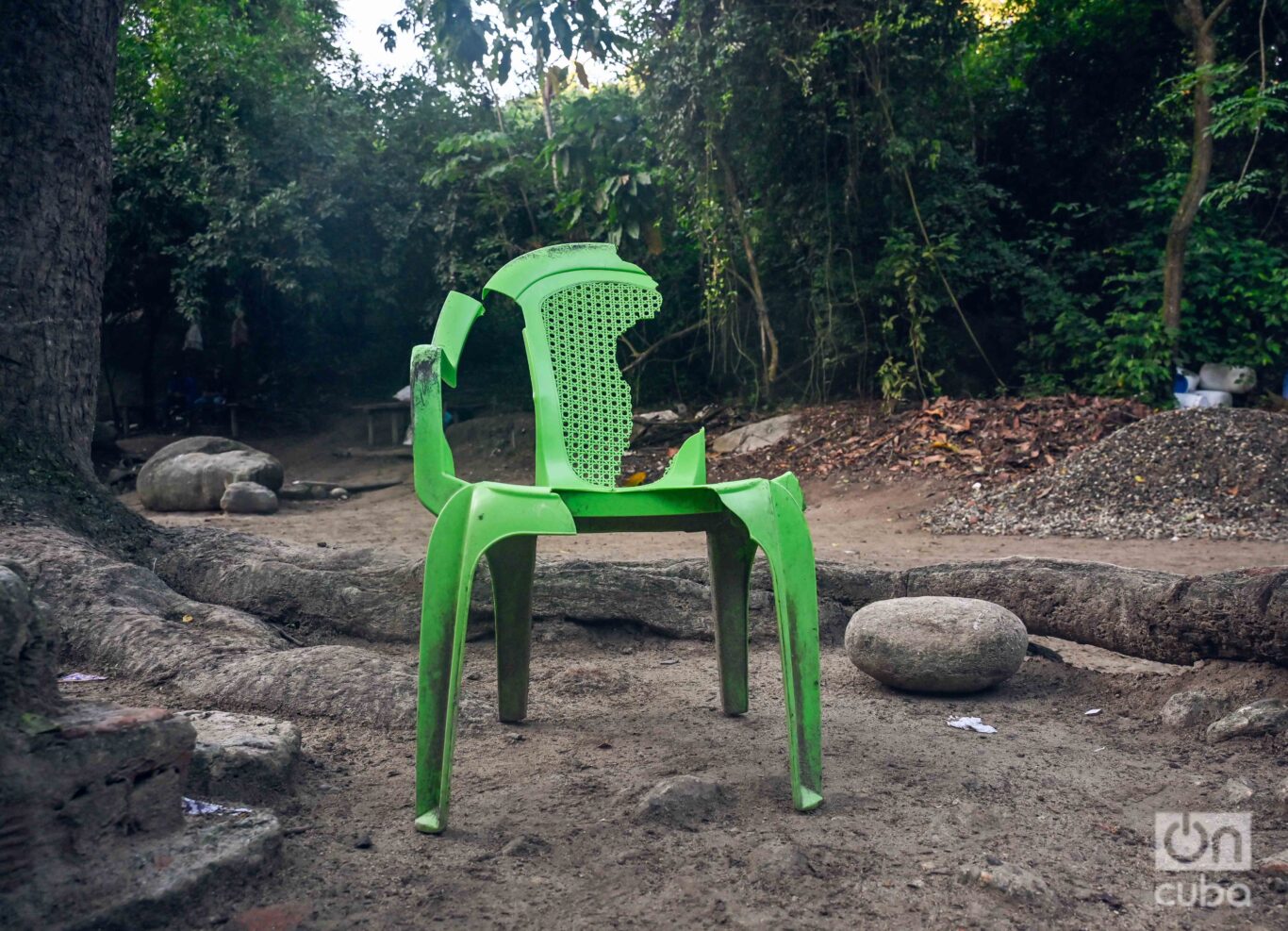
We say “empty chairs”; But in reality they are guards of memory, of conversations over the years that do not disappear at all. They are witnesses of what was and what is still a place and its people.
In my journey through Colombian places, inspired by this suggestive cover, I did throw all the photos I had to throw, to those chairs that I was finding and that seem so inconsequential.
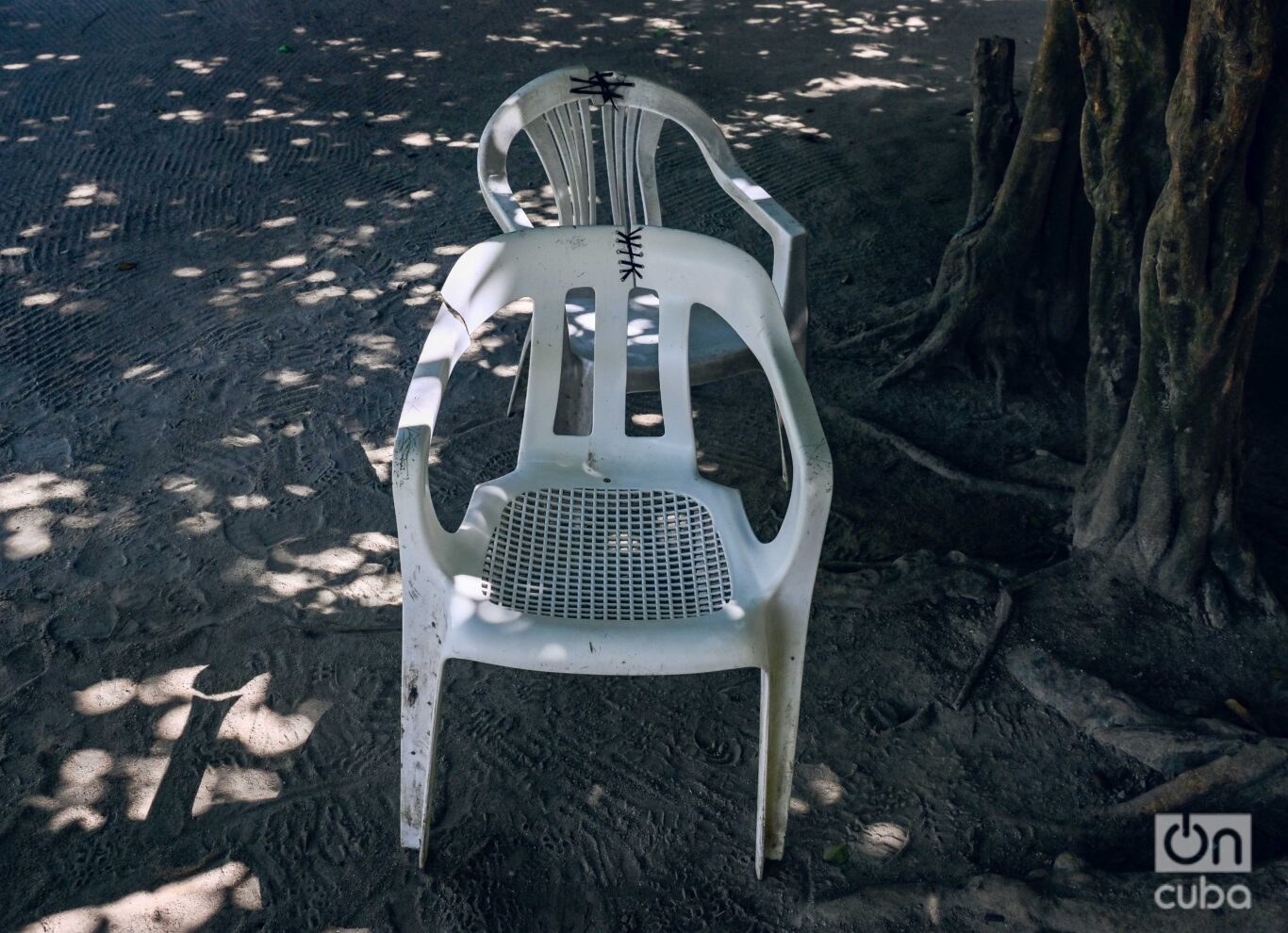
I found the real wonderful carpenter in these deeply Caribbean scenes. The Caribbean, a place where the “wonderful” real “is found in every corner and at every moment. This was stated by the Cuban writer in the prologue of The kingdom of this world:
The wonderful thing begins to be unequivocally when it arises from an unexpected alteration of reality (the miracle), of a privileged revelation of reality, of an inhabitual lighting or uniquely flattering the inadvertent riches of reality, of an extension of the scales and categories of reality, perceived with particular intensity by virtue of an exaltation of the spirit that leads to a “limit state” mode. To begin with, the feeling of the wonderful presupposes a faith.
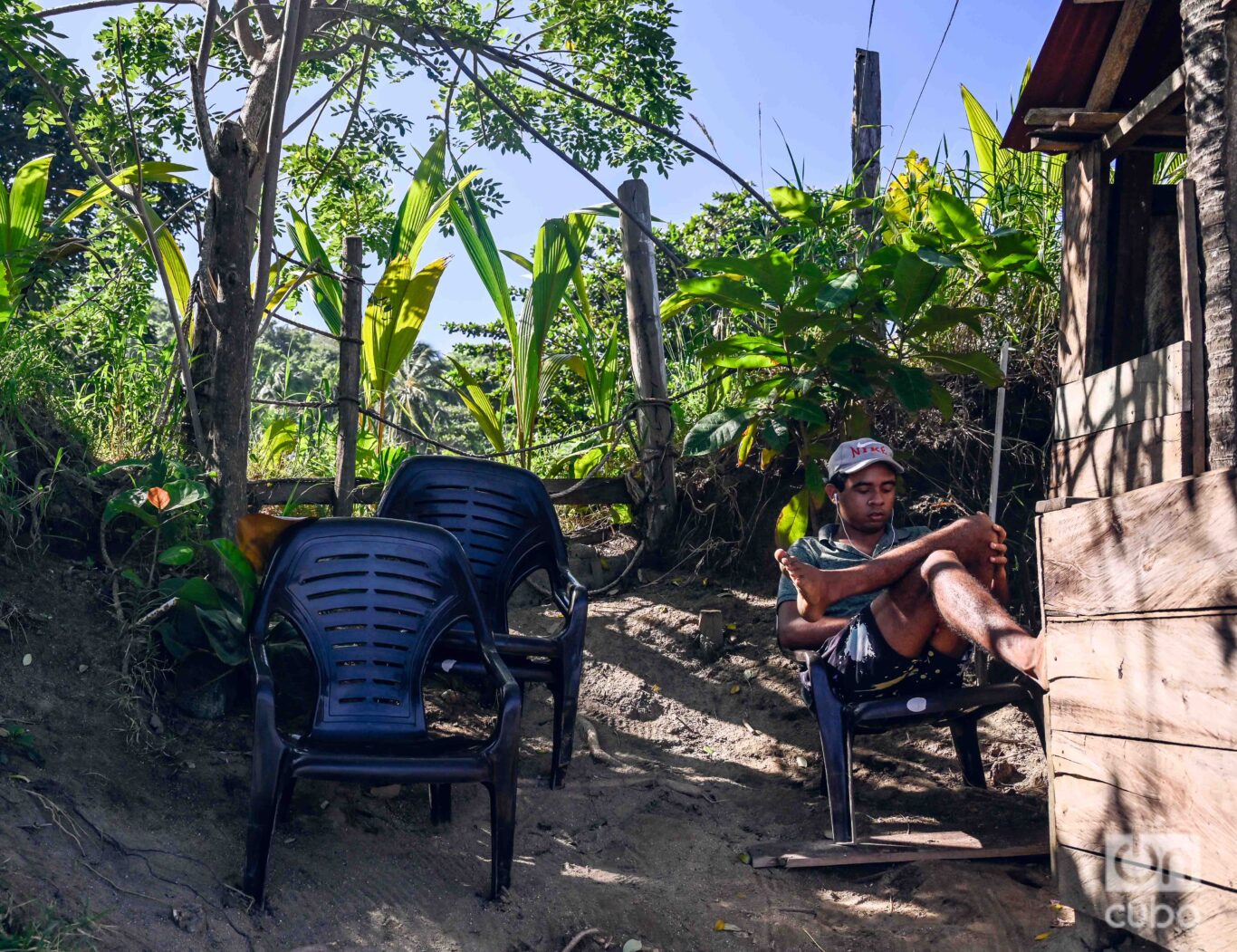
I keep among my mental memories the image of another chair. It was the one where my grandfather Bartolomé sat, on the portal of the Caletones house, that hamlet of fishermen at some point on the north coast of Holguin that is so present in my family history. I evoke and I can describe all that environment: the sea a few meters away, the breeze, the garden and to the rest of the house where I was so happy for summers and summers.
There, lying to a wall, that vestusta and picked chair. To that throne of aged wood and rusty screws, which endured the relentless step of time, floods and even more than one cyclone, I must have taken a picture.
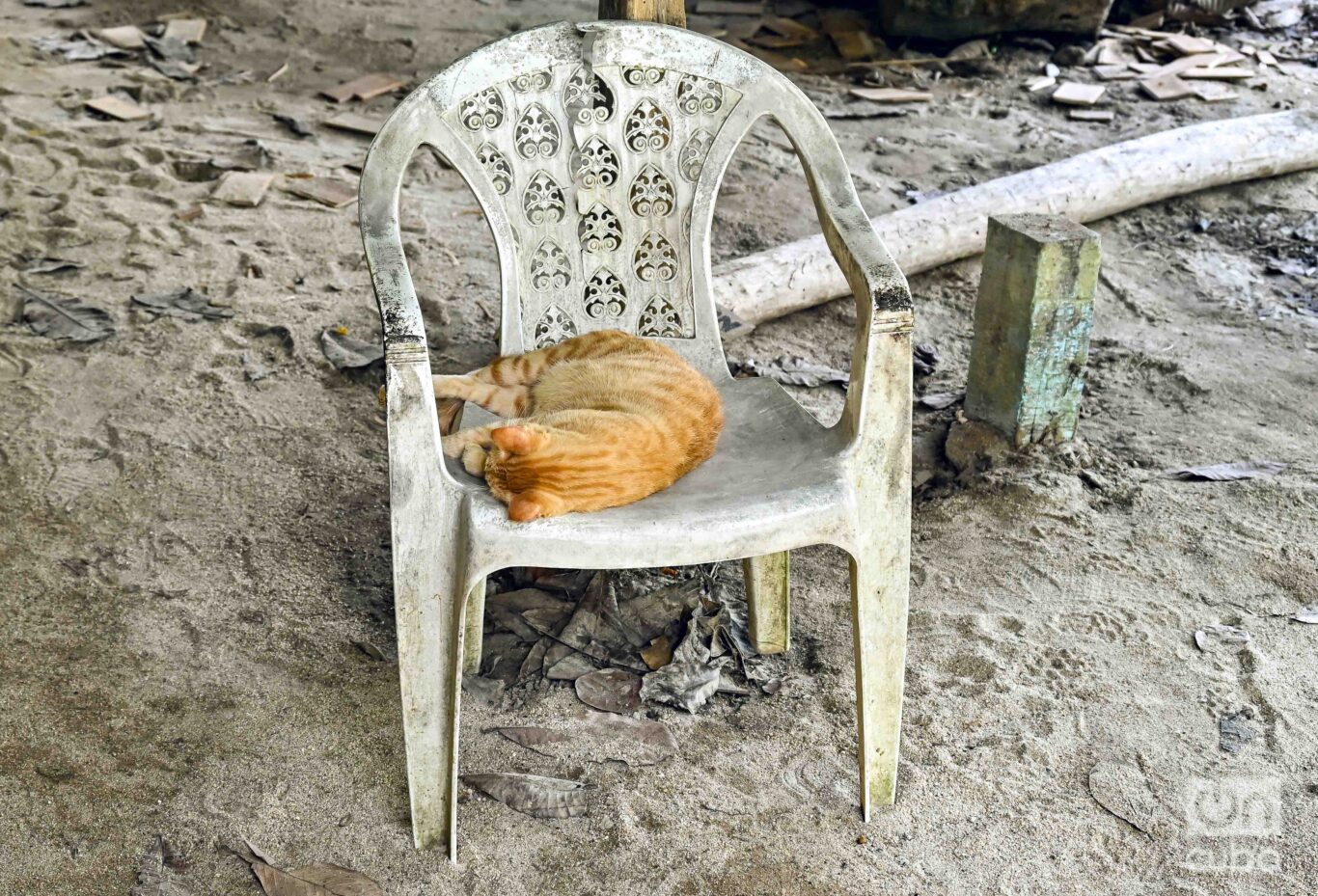

In this photographic tribute to the chair I found a mirror of my story and that of others. Time transforms everything, but there are things that persist beyond their wear: in memory and in photos that, we never never throw.
